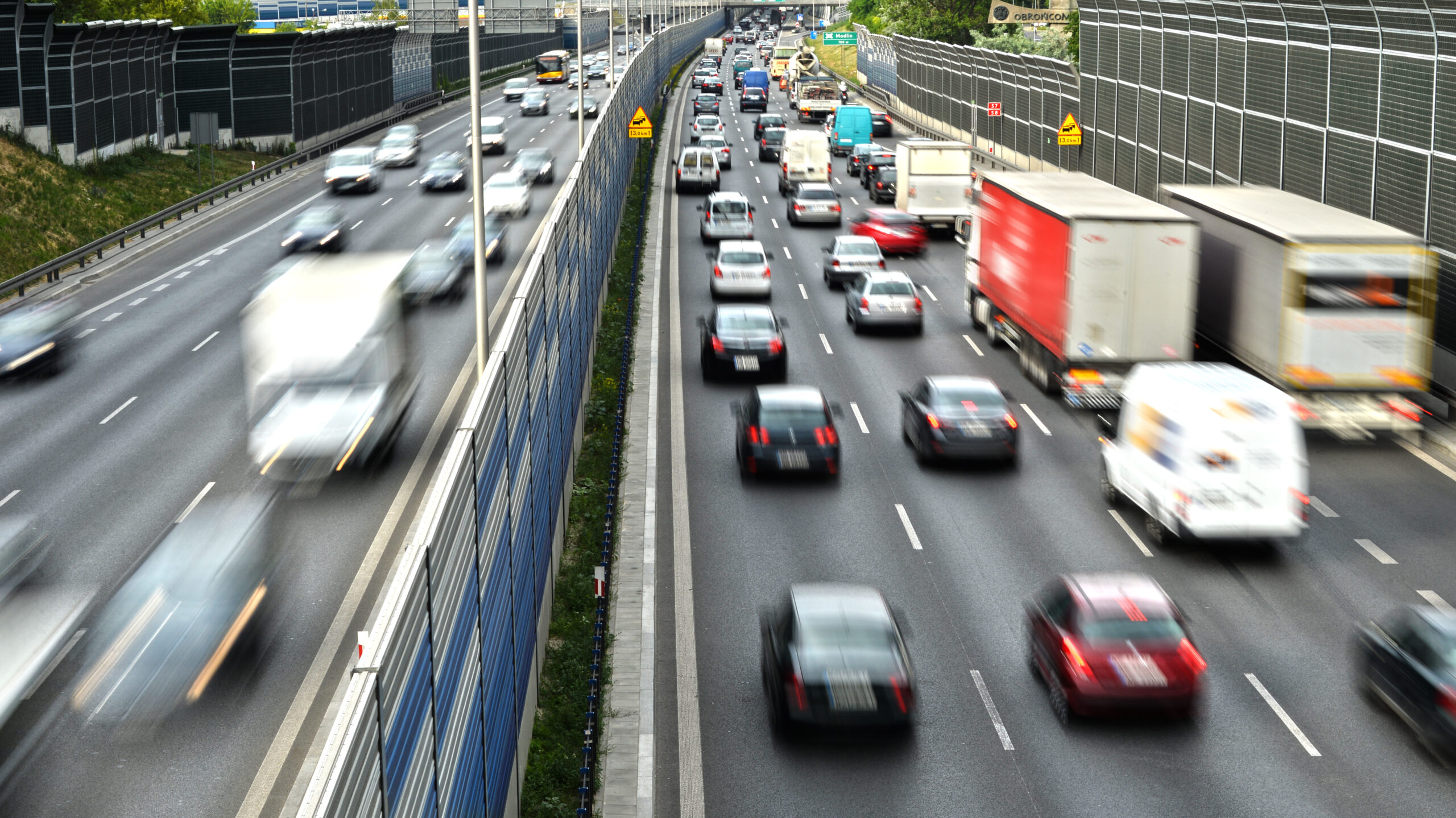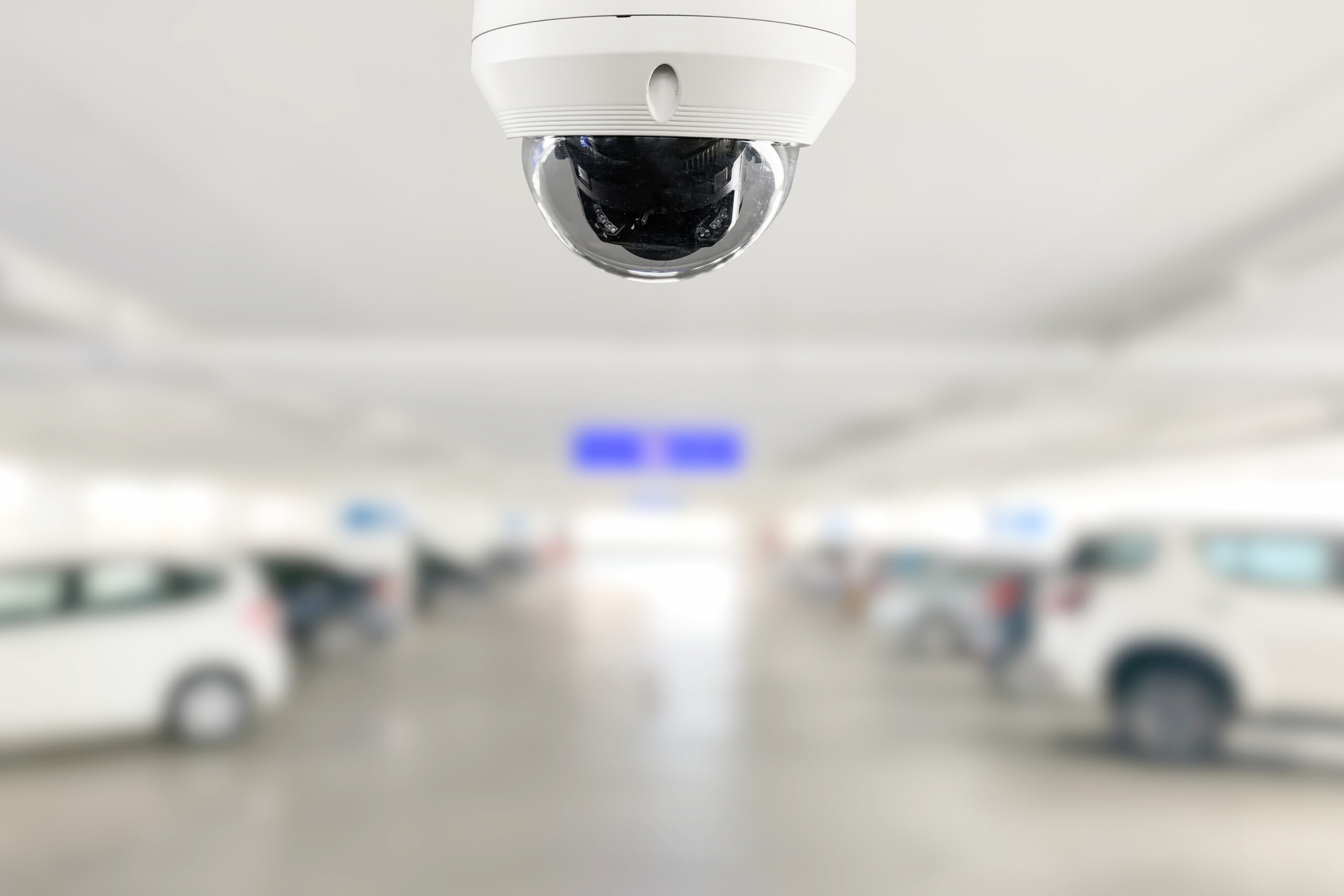Monitoring Traffic Noise with AI
As the largest cause of noise pollution, innovative methods like AI can be harnessed to monitor noise....

Across Europe, the escalating issue of traffic noise pollution has become a pressing environmental concern. Recent studies indicate that over 113 million Europeans are exposed to road traffic noise levels exceeding 55 decibels (dB), the threshold for adverse health effects as defined by the European Environment Agency (EEA). This form of pollution not only disrupts the tranquility of urban environments but also poses a significant public health challenge. With traffic noise being the dominant source of noise pollution, affecting an estimated 40% of the population in EU urban areas, the quest for effective management solutions has never been more urgent.
The Challenge of Noise Pollution
In urban landscapes, the pervasive problem of noise pollution extends far beyond mere inconvenience, carrying with it profound implications for public health and quality of life. Chronic exposure to elevated noise levels is linked to a spectrum of adverse health outcomes, including sleep disturbance, cardiovascular disease, and cognitive impairment in children. The World Health Organization emphasizes the importance of addressing noise pollution, classifying it as an environmental hazard capable of causing long-term health consequences.
The burden of noise pollution is not evenly distributed, with residents of densely populated and economically disadvantaged neighborhoods bearing the brunt of the impact. This disparity underscores the need for targeted interventions and equitable solutions to mitigate the effects of noise in vulnerable communities.
Current Measures and Their Limitations
Despite growing awareness and regulatory efforts to curb noise pollution, traditional noise management strategies often fall short. These approaches, typically reliant on manual monitoring and subjective assessments, are ill-equipped to handle the complexity and sheer volume of urban noise data. The inadequacy of current methods underscores the pressing need for more efficient, technology-driven solutions.
Advancing Noise Management with AI
AI presents a transformative opportunity to tackle the issue of noise pollution head-on. AI-powered technologies offer the potential for real-time, accurate monitoring and analysis, enabling proactive management of urban noise. By leveraging AI to identify noise patterns and sources, cities can implement targeted measures to significantly reduce the nuisance and health risks associated with traffic noise.
AI-driven solutions enhance noise pollution management through:
- Accurate Noise Source Identification: Utilising advanced algorithms to distinguish specific noise sources, allowing for precise targeting of interventions.
- Effective Noise Filtering: Deploying machine learning techniques to filter out background noise, ensuring focus on significant noise events and sources.
- Advanced Analysis and Benchmarking: Providing detailed insights into noise patterns, facilitating strategic planning and informed decision-making.
The Future of Road Traffic
Implementing AI in the realm of noise pollution management heralds a new era for urban environments, promising a shift towards quieter, healthier cities. This technology not only addresses the immediate challenges posed by traffic noise but also supports broader urban development strategies. By minimising noise pollution, cities can enhance the well-being of their residents and create more livable, sustainable spaces.
As we move forward, the potential for AI to transform our roads is not just promising; it’s essential for the creation of sustainable, harmonious living environments.
Subscribe to our newsletter
See why business of all sizes use Risso AI for sound analysis

